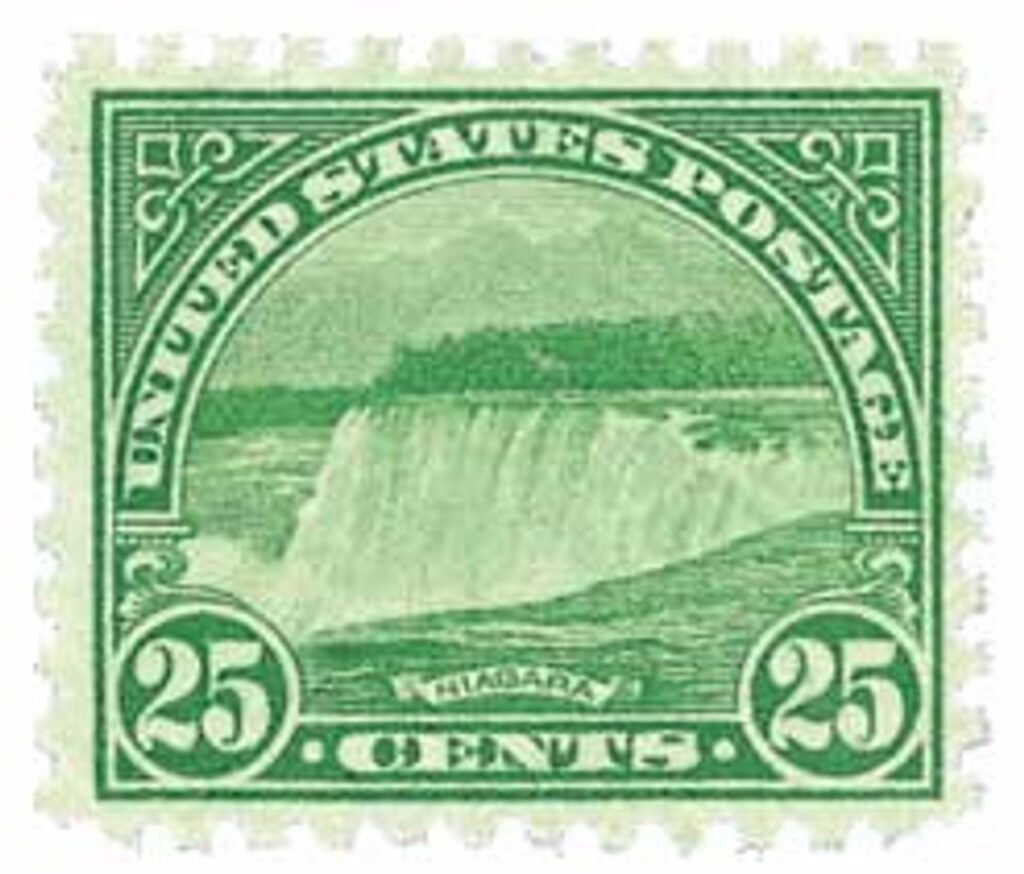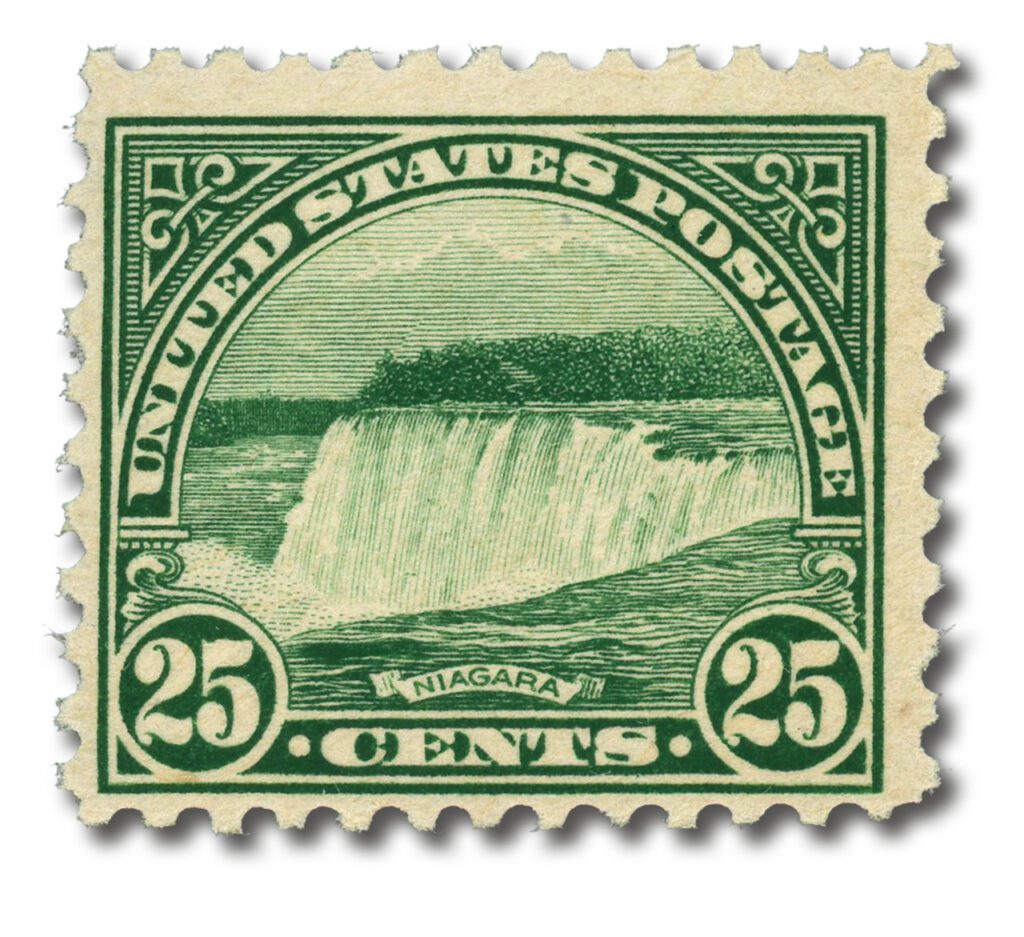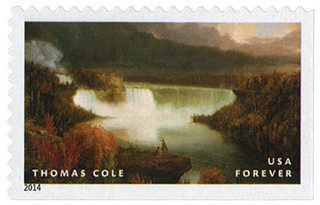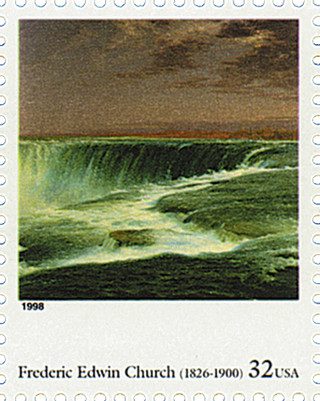On January 27, 1938, the Honeymoon Bridge at Niagara Falls collapsed from the force of ice on the river pressing against its supports. It had been the largest steel arch bridge in the world.
The bridge’s construction was approved in January 1897, to replace an existing suspension bridge. While the Niagara Falls and Clifton Suspension Bridge Company originally intended to strengthen and expand the existing bridge, engineer Leffert L. Buck proposed the design of a new bridge.
Work on the bridge’s abutments began before the contract was officially awarded to the Pencoyd Bridge Company of Philadelphia that May. The abutments for the new bridge were built 14 feet closer to the American falls than the previous bridge. They were also only a few feet above the water level, which ultimately contributed to the bridge’s collapse.
The Upper Steel Arch Bridge (also known as the Fallsview Bridge) opened to traffic on June 23, 1897. Stretching 840 feet, it was the longest steel arch bridge in the world at the time. The new bridge had one floor with double tracks for trolleys and spaces for carriages and pedestrians. The bridge, which itself was considered a beautiful feature, offered picture-perfect views of the falls.

Unfortunately, the abutments location so close to the river surface created problems early on. They frequently needed protection from the ice bridges that formed in the Lower Niagara River in the cold weather. In January 1899, a large ice bridge nearly pushed the bridge off its foundation. Workers spent three weeks removing the ice and prevented major damage.
The International Traction Company purchased the bridge in 1899 and surveyed the damage caused by the ice bridges. They had the bent girders repaired and built a 24-foot-tall stone wall around the abutments to keep them safe from future ice bridges. These changes helped to some extent, allowing the bridge to remain open for a few more decades.
However, over time people noted that the bridge would sway when it was too full or hit with high winds. In 1925, a large group of people assembled on the bridge to watch fireworks. When it began to sway, they panicked and evacuated the bridge. Though no one was hurt, the bridge was reinforced with lateral bracing.
The bridge held out for several more years, until January 1938. That month, a five-day thaw combined with three days of high winds raised the ice and water to record levels. On January 25, 100 feet of ice began to twist the bridge’s frame, causing it to creek and groan. It became apparent that the bridge would soon collapse, and people flooded the area to watch. Newspapers wrote about the impending collapse and began referring to it as the Honeymoon Bridge.
Then at 4:10 p.m. on January 27, a large piece of ice pushed the bridge off its abutment. The bridge let out a loud groan and collapsed into a “W” shape on the ice below. The bridge was then cut into six sections and sat on top of the ice, attracting tourists for the rest of the winter. On April 12, 1938, the ice thawed, and the remaining pieces of the bridge sank into the river.
The following year, construction on a replacement structure began. The new Rainbow Bridge, opened in 1941, was the largest hingeless steel arch bridge in the world at the time.
| FREE printable This Day in History album pages Download a PDF of today’s article. Get a binder or other supplies to create your This Day in History album. |
Discover what else happened on This Day in History.






Sounds like the “honeymoon” was over before it even began.
You bring added joy to stamp collecting with these articles & pique my interest in new topics. Thank you.
Look forward every day to these well done history articles and the stamps that commemorate them. Thank you.
What’s the current bridges status? Is it pedestrian friendly?